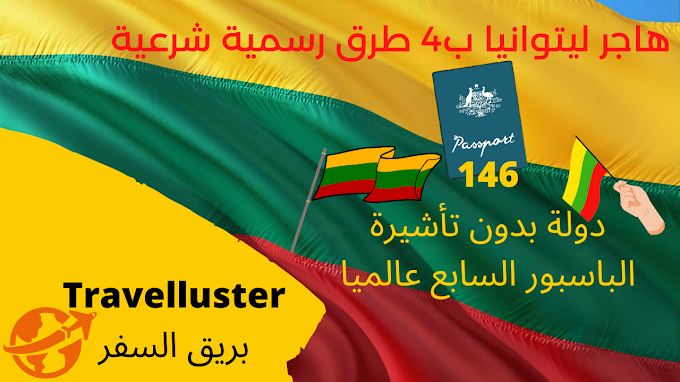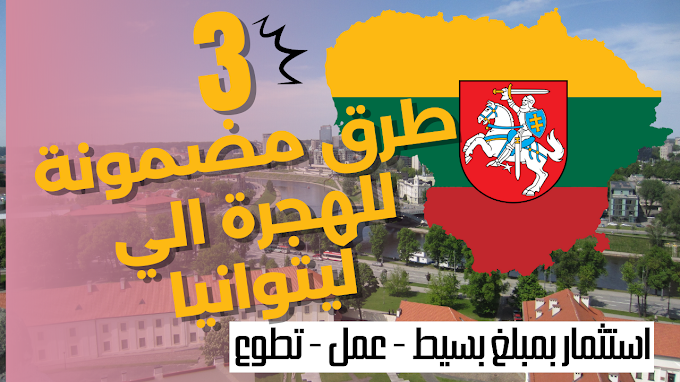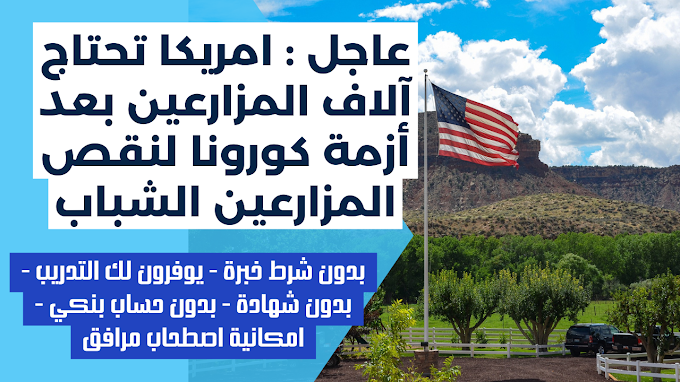Before I start my 13 best places to visit in south Korea, I would like to first give you an introduction. Decorum plays a big part in Korean external generosity and has an appreciable consistency in their instinctive grace. If it’s at a tourism office, inquire for guidance or get in contact with a local resident, there is plenty of support. Time-honored Confucian ideals set a standard for deep public pride, maybe but decorous and affirmative in a society. But do not forget, half your journeys will be about people and the Koreans have a good time. You may spend the glorious landscapes and look out over the glowing sea.
Korea may be recognized as a Morning Land, but it might be the last thing that you would perceive to dive into its capital Seoul, the powerhouse of Asia’s third largest economy and serenity. This city is in continuous activity around the clock, with a hard-work and play-hard attitude that reflects the untiring, tireless spirit of the country. A helping tourist information office, a lively subway station, or a taxi can hardly be turned into a corner without stumbling through in this diversified city. Palaces are carefully restored, rub with tedious night markets and spectacularly modern architecture.
1-Changdeokgung
In the early 15th centuries, the ‘Palace of Illustrious Virtue’ was built as an additional palace for Gyeongbukgung, even though in elegance and thanksgiving this World Heritage site is nowadays a UNESCO World Heritage Listed property – partially because the royal family had many of its buildings inhabited long into the 20th century. Huwon, a “secret garden” with a royal hedgegardy, is the loveliest part. Book one of the restricted tickets ahead of time for a Moonlight Tour to see this exclusive palace.
2-Winter Sports
They say it is a charm for the third time, so Pyeongchang gained an opportunity to host the Winter Olympics in his third competition. The games were held in the ski resorts of Alpensia, Yongpyong and the coast of Gangneung in 2018. Alpensia and Yongpyong are located near each other and have a dozen runs including slopes for families and beginners, clear-cut views of the East Sea and several top-quality lodging and leisure facilities.
3-Boryeong Mud Festival
In the embracing seaside town of Boryeong, every July, thousands are arriving and jumping into gigantic barrages of mud. Bienvenue at Mud Festival in Boryeong. The official line is the mud is regenerative, but it’s obvious that you’re not really worried about anything except slippery, sloshiny, unhappy time. Beside it, there are also parties, raves and fireworks at the foreign friendly and prominent festival. A tip: don’t worry about something that you want to maintain!
4-Hwaseong Fortress
The renovation of this UNESCO World Heritage site started in the 1970’s, built as a filial dedication and severely destroyed during the colonization era of the beginning of the 20th century and again at the end of the Korean war. A extensive 1801 building record allowed the Hwaseong Haenggung and the wall of 5.52 km to be restored with great historical precision, a palace in which the King could remain throughout his visits to Suwon. You travel through four great gates by a stroll around the wall.
5-Island Hiking
Jeju-do, one of the largest islands in South Korea, is best viewed on foot from its stunning volcanic scenery. The Jeju Olle Trail is a 26-half day hiking network which runs around the coast of the island, the hinterland and the three other islands. Picnics are a great way to see Jeju’s distinctive beauty and lovely environment, spending a day walking a path all or somewhat. The Halla-san summit is also the tallest mountain in the country and gives a wonderful panorama in good weather.
6-Hanok Delights
The traditional village is spectacular in Jeonju’s version, but many of the constructions are recent. Traditional art – artist craftsmen, hand papers and soja breweries – is located in the shelf-top rooms (local vodka). Foodies are delighted that this recipe is the final iteration of the birthplace of Bibimbap. You will find several traditional guesthouses, where guests sleep on a yo (padded quilt) in an ondol (basement heated) bed, when you opt for a stay (and you will). One is run by King Gojong’s grandson.
7-South Korea’s Second City
Mountains, beaches, street food and cosmopolitan atmosphere make Busan one of the most pleasant cities in Korea to hang out. Its highlight is the Jagalchi Fish Market, where freshest seafood can be bought and eaten. Even, don’t skip the sunrise on Haeundae beach; the architecturally beautiful Busan Cinema Center; the Gamcheon Culture Village lanes; tasting local dessert sulbing; and soy-shots in a tent bar.
8- Gwangjang Market
The day is filled with secondhand clothing, textiles and food, but Gwangjang arrives in the night as diners draw the scent of street food filling some of the market’s streets. Pigs’ pigs’ trotters and jellies are all washed with coppery quantities of makgeolli and sojuice, as well as snails, gyms (rice, vegae and spam wrought in rice and labelled in seaweed sheets) and bindenets (size platted pancakes of crushed mung beans and vegetables fried on a stick) (local liquors).
9-Bulguk-sa
It’s difficult just to select one outstanding treasure in and around the gorgeous Gyeongju, but this UNESCO World Heritage site is very likely to be honored, particularly when it includes seven Korean ‘national treasures’ within its walls. A homage to the talents of its carpenters, peers, craftsmen and architects is the highlight of the so-called golden age of silla architecture, this sophisticated yet beautifully delicate temple complex featuring pagodas, white steel stairs and magnificent, undulated scenery.
10-Templestay
A bell rings and a morning yoga preparation will take place at 3.30 a.m. Breakfast is a stern meal, eaten quietly so that the bowing acha 108 times before the Buddha’s portrait can be contemplated in your bones. Later on, in the quest for inner harmony, you will have more time to meditate on the abandonment of body and mind. A temple is the ideal antidote to the rapidly growing Korea of today and the region, though overflowing with temples, is one of Guin-finest sa’s fortress-like compounds.
11-Hahoe Folk Village
Korea has a time-maker the nearest thing, Hahoe Folk Village is a very marvelous experience for those trying to feel, feel, sound and smell how Korea looked, smelled and changed the country eternally before the 20th century. There are more than 200 persons still living here and keeping local traditions and customs, and welcoming people to spend the night in a minbaker. An old spiritual tree, the Centre of local ceremonies and prayers, stands in the heart of the village.
12-Cheong-gye-cheon
To allow the restoration of this submerged stream an elevated highway was demolished. The initiative has turned central Seoul into a waterfront park and a walking distance from the surrounding hustle and bustle. Public art is located on the banks of the stream and several festivals are organized here, including a magnificent lantern festival in November, where the river is floated with thousands of massive, glowing paper sculptures. You will study the origins of the Cheong-gye-cheon (that means ‘Clear Stream’), too. There is also a nice museum.
13-Seeing the Border
The Demilitarized Zone is known (DMZ). However, this highly extracted and stored buffer, which is 4 km in size and 250 km deep, is none other than North from South Korea. The DMZ is a perpetual Cold War icon on both sides of the border and a surreal tourist attraction. The most tense is the transitional region that was constructed since the Armistice of 1953 to host peace negotiations, and can be only seen on a walk. Visitors will look in secret north at seven observation points along the South Korean side of the DMZ.
Final thoughts:
Top Tips for Your Trip:
1- Invest in a KR Pass is worthwhile, even though you’re just riding on a swift train from Seoul to Busan.
2- Save money with a touch-and-go T-Money Card for public transit fares (and even for taxis) (or Cash Bee Card).
3-Check the free guided tours with local tourism offices with students and people who speak English and other languages.
4- Don’t hesitate to invest more than €30,000 on shops involved in the Global Reclaim program.
5- Hops on budget airlines can seem cheap from Seoul to Jeju-do, but checking the luggage constraints and extra costs may work best before you decide – it is possible to travel to Korean Air or Asiana.






































0 Comments